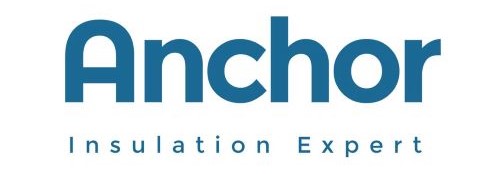Effects of Various Performance Factors of Ceramic Fiber Board on Its Use
Ceramic fiber boards are processed using a wet vacuum forming process. This type of product has higher strength compared to fiber blankets and vacuum-formed felts, making it suitable for high-temperature applications with requirements for structural strength. Anchor Company will now explain how various performance factors of ceramic fiber boards affect their use in the insulation process!


1.Temperature directly affects the thermal conductivity of various types of ceramic fiber board insulation materials. As temperature increases, the material’s thermal conductivity rises.
2.All insulation materials have a porous structure, making them prone to absorbing moisture. When the moisture content exceeds 5% to 10%, the absorbed moisture occupies the portion of the pore space originally filled with air, resulting in a significant increase in effective thermal conductivity.

3.Bulk density is a direct reflection of the material’s porosity. Since the thermal conductivity of the gas phase is generally smaller than that of the solid phase, insulation materials typically have a high porosity and low bulk density. In general, increasing porosity or reducing bulk density will lead to a decrease in thermal conductivity.

4. In ceramic fiber board insulation materials, most of the heat is conducted through the gas in the pores. Therefore, the thermal conductivity of the insulation material is largely determined by the type of filling gas. In low-temperature applications, if helium or hydrogen is used as the filling gas, the thermal conductivity of the insulation material can be approximated to be similar to that of these gases, as both helium and hydrogen have relatively high thermal conductivities.
5. The specific heat capacity of the insulation material affects the calculation of the amount of heat needed for cooling and heating in insulated structures. At low temperatures, the specific heat capacity of all solids undergoes significant changes.
Fun Fact


